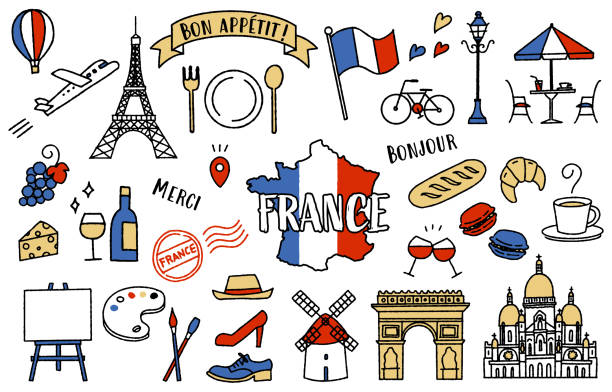mchec.org – France has long been a beacon of cultural influence, particularly in the realms of fashion, cuisine, and art. This influence is not just a matter of historical significance; it continues to shape global trends and tastes in the present day.
Fashion: Setting Global Trends
French fashion has been at the forefront of global trends for centuries. The country is home to some of the world’s most prestigious fashion houses, such as Chanel, Dior, and Louis Vuitton, which have set the standards for haute couture and ready-to-wear collections. Paris Fashion Week is one of the most anticipated events in the industry, where designers unveil their latest creations, influencing styles and setting trends worldwide.
Design and Innovation
French designers are renowned for their innovation, craftsmanship, and attention to detail. The concept of haute couture, which involves creating exclusive, custom-made garments, originated in France. This tradition of excellence has permeated the global fashion industry, setting a benchmark for quality and creativity.
Global Reach
French fashion’s influence extends beyond the runway. It has shaped popular culture, with French styles and designers influencing everyday clothing and accessories worldwide. The allure of French fashion is such that it has become synonymous with elegance and sophistication, making it a global aspiration.
Cuisine: A Gastronomic Legacy
French cuisine is celebrated for its diversity, technique, and flavor. It has had a profound impact on culinary traditions around the world, with its emphasis on fresh, high-quality ingredients and meticulous preparation.
Culinary Techniques
French culinary techniques, such as sauces, stocks, and the art of pastry, have been adopted and adapted by chefs globally. The French have a way of elevating simple ingredients into exquisite dishes, a philosophy that has inspired chefs to push the boundaries of gastronomy.
Global Influence
French cuisine has left an indelible mark on the global culinary landscape. From the bistros of Paris to the Michelin-starred restaurants, French gastronomy is a source of inspiration for chefs and food enthusiasts alike. The spread of French culinary techniques and traditions has contributed to the development of fusion cuisines and the appreciation of fine dining worldwide.
Art: A Legacy of Creativity and Innovation
France has been a cradle of artistic innovation, from the classical paintings of the Louvre to the avant-garde installations of the Centre Pompidou. The country’s rich artistic heritage has had a profound impact on the global art scene.
Historical Contributions
French artists have been at the forefront of artistic movements, from the Renaissance to Impressionism, Cubism, and beyond. Figures such as Leonardo da Vinci, Claude Monet, and Pablo Picasso have left an indelible mark on the world of art, influencing generations of artists.
Contemporary Impact
The influence of French art continues into the contemporary era. France’s art schools, museums, and galleries remain centers of artistic innovation and education. The country’s commitment to preserving its artistic heritage while embracing new forms of expression ensures its ongoing influence on the global art scene.
Conclusion
France’s cultural influence is a testament to its rich heritage and enduring creativity. Whether through fashion, cuisine, or art, France has shaped global tastes and trends, leaving an indelible mark on the world. This influence is not just a matter of historical significance; it continues to inspire and shape global culture today.


